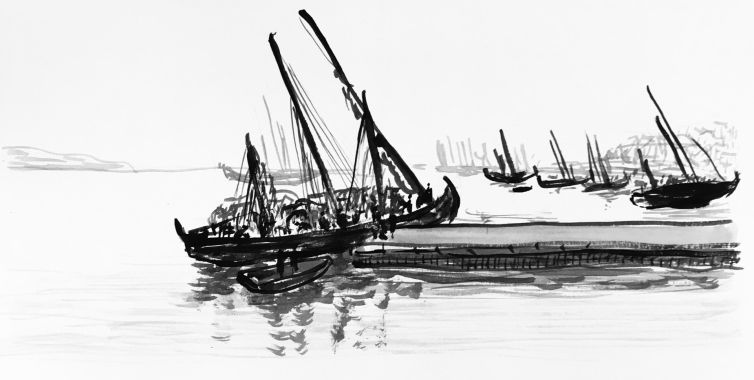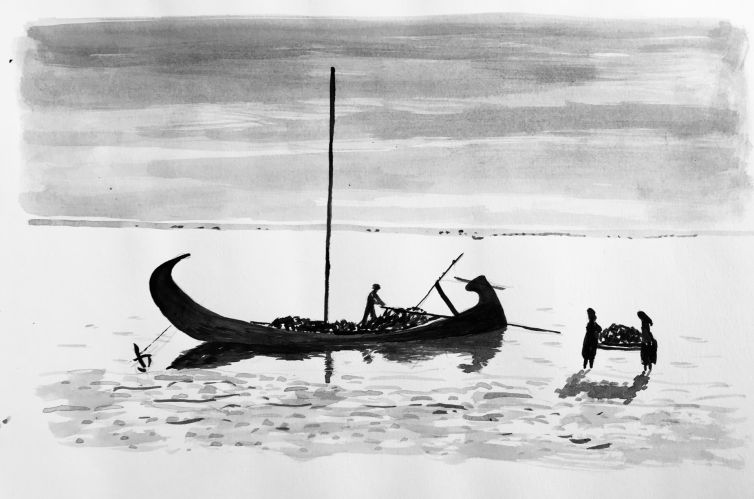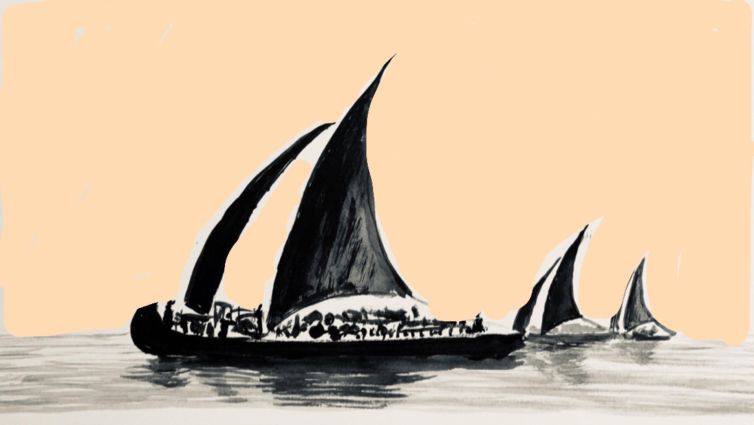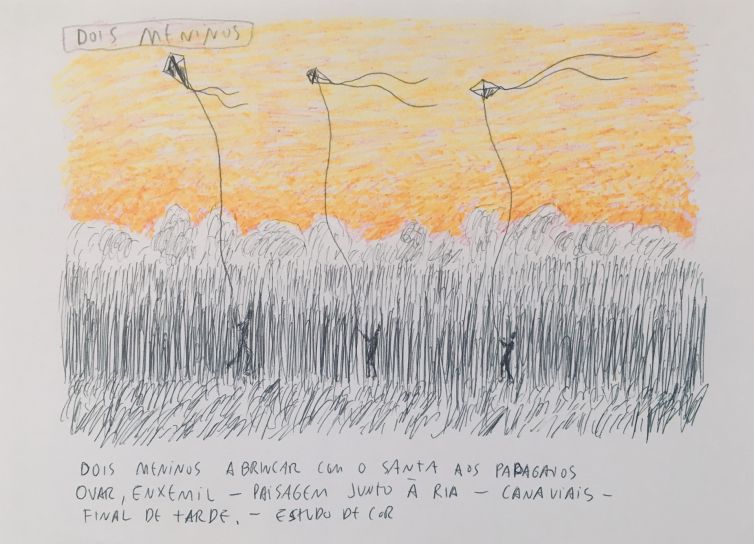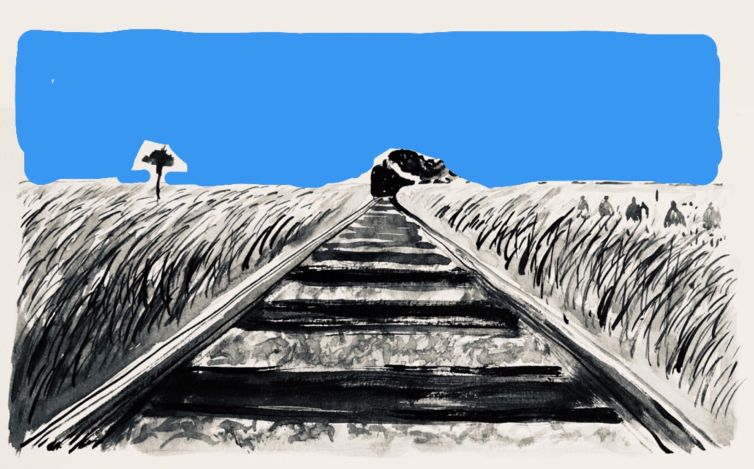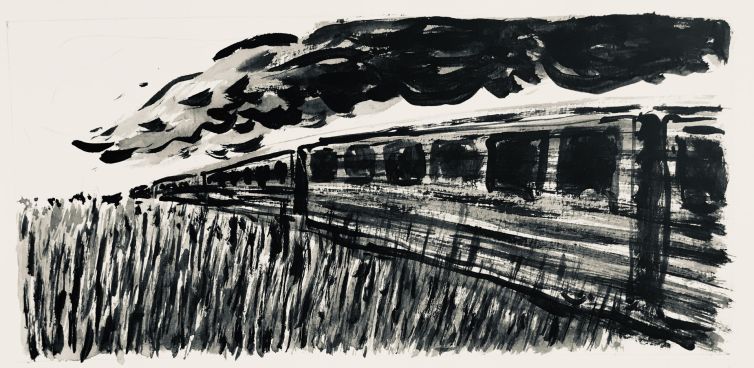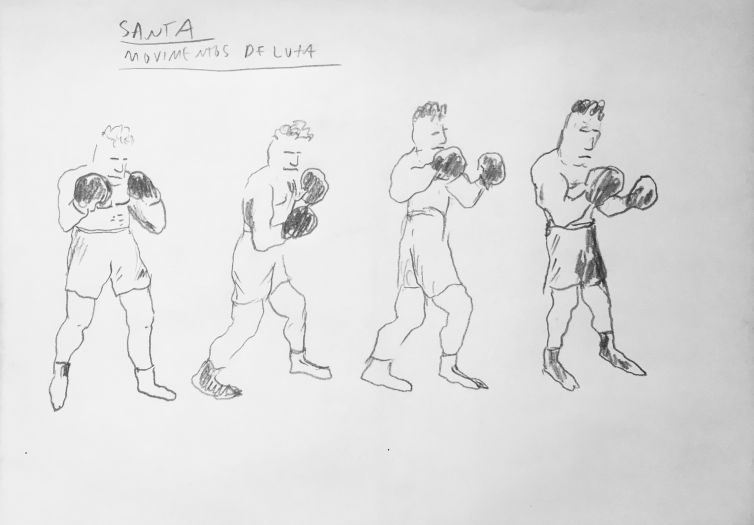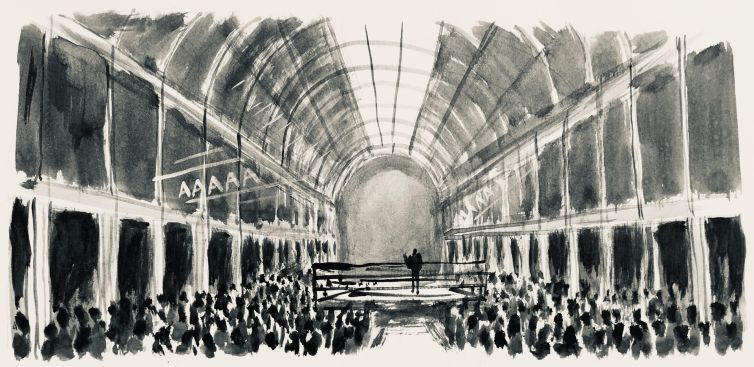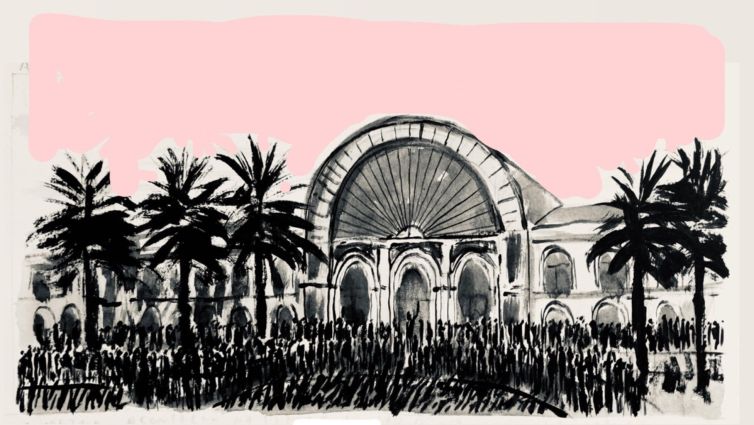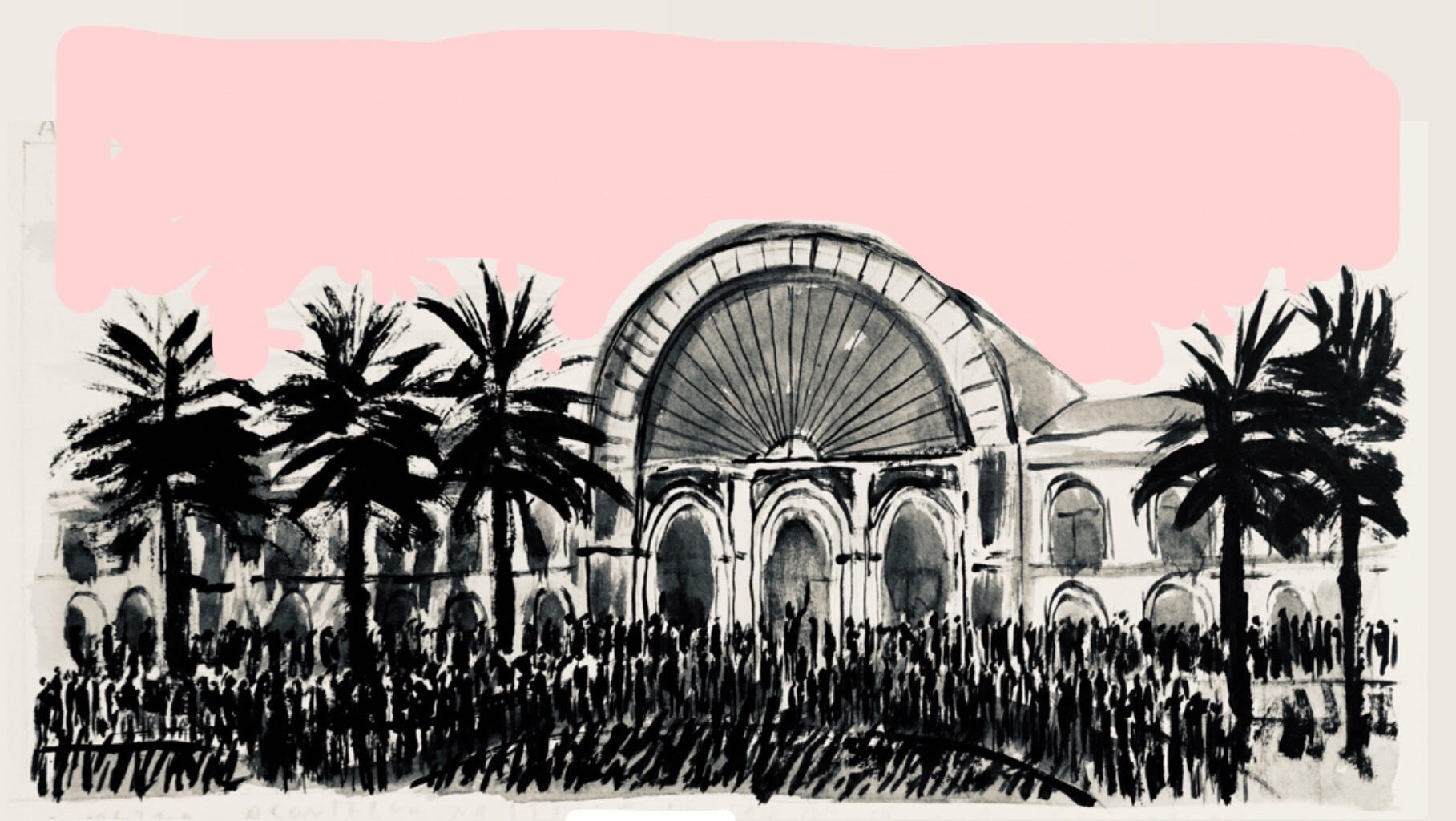
SANTA
Porto, Palácio de Cristal. Sexta-Feira, 3 de Abril de 1925.
Durante a primeira luta da sua carreira, José Santa “Camarão” revive memórias da sua infância em Ovar e da sua juventude em Lisboa, traçando a sua evolução de rapaz para lenda do Boxe Português.
REALIZAÇÃO / ANO
Xavier Almeida, Pato Bravo; ANI; Cor; 12′; Portugal; em Pré Produção
PRODUÇÃO
